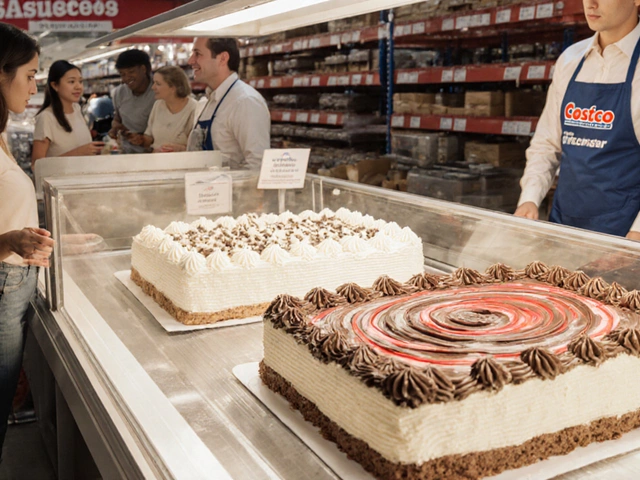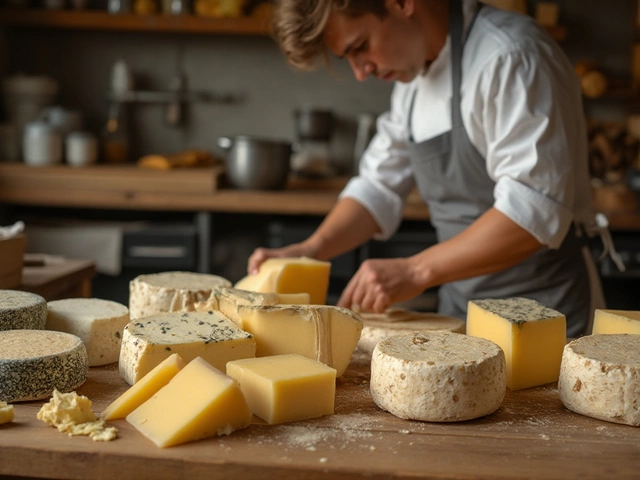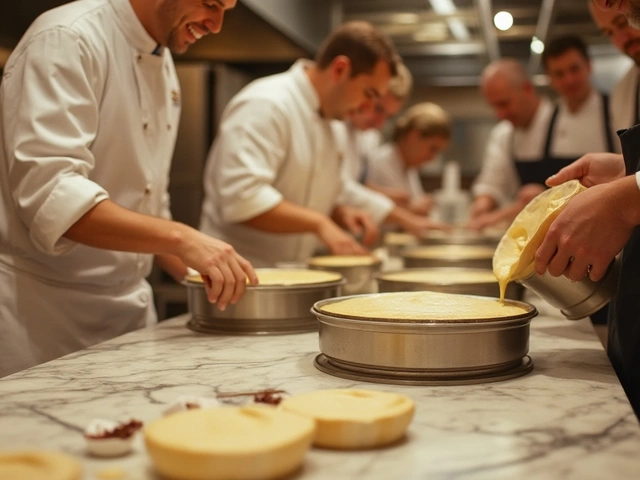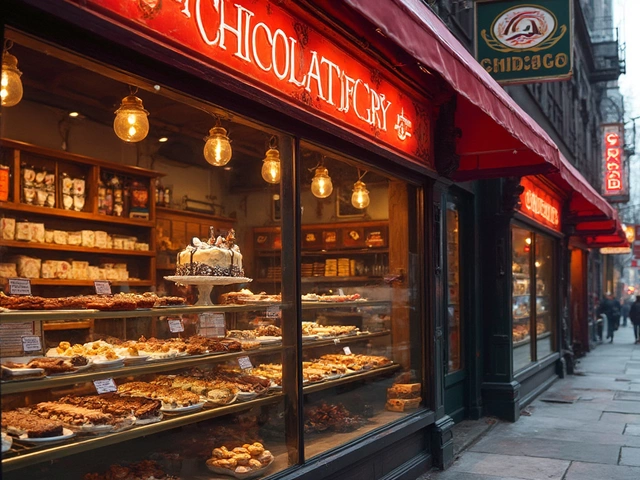Italian Sweets: Flavors, Stories, and Simple Home Tips
Italy isn’t just pizza and pasta – its desserts are a whole other love story. Think creamy tiramisu, crunchy cannoli, and honey‑drizzled biscotti. Each treat has a hometown, a history, and a reason why it still steals the show today.
If you’ve ever wondered why Italians rave about these sweets, you’re in the right place. We’ll break down the most famous Italian desserts, share a quick background, and give you practical tips so you can recreate them without an Italian bakery.
Famous Italian Desserts You Must Try
Tiramisu – The name means “pick me up,” and the dessert really does just that. Layers of espresso‑soaked ladyfingers, mascarpone cream, and a dusting of cocoa make it a perfect after‑dinner pick‑me‑up. The original story says it came from the Veneto region in the 1960s, but the combo of coffee and cream feels timeless.
Cannoli – Those crunchy shells filled with sweet ricotta are a Sicilian staple. The shells are fried until golden, then filled just before serving so the filling stays light. Look for hints of orange zest or chocolate chips for extra zing.
Biscotti – These twice‑baked cookies are meant for dunking. They’re dry, crispy, and perfect with a cup of espresso. Traditional flavors include almond and anise, but you can add dried fruit or chocolate for a twist.
Panna Cotta – Translating to “cooked cream,” this dessert is as simple as it sounds: cream, sugar, and gelatin set together. Top it with fresh berries or caramel for a silky finish.
Gelato – Italy’s answer to ice cream, but with less air and a smoother texture. Made with more milk than cream, it feels richer without being heavy. Classic flavors like hazelnut, pistachio, and stracciatella keep it real.
Tips for Making Italian Sweets at Home
Start with quality ingredients. Italian desserts rely on a few star items – fresh mascarpone for tiramisu, high‑fat ricotta for cannoli, and real espresso for flavor depth. If you can’t find them, look for the best‑available alternatives; the difference shows.
Don’t over‑mix. Whether it’s whisking mascarpone or folding cream into panna cotta, gentle movements keep the texture airy. Over‑mixing can make desserts dense or cause them to split.
Mind the temperature. For cannoli shells, the oil should stay around 350°F (175°C) – too hot and they burn, too cool and they soak up oil. When setting panna cotta, chill it long enough (at least 4 hours) so it firms up properly.
Prep just before serving. Tiramisu tastes best when the ladyfingers are still soft from the coffee but not soggy. Fill cannoli shells right before plating to keep them crunchy.
Experiment with flavors. Add a splash of Limoncello to tiramisu, or sprinkle toasted pistachios on biscotti. Small tweaks make the dessert feel personal without losing its Italian soul.
Now you’ve got the basics: the stories behind Italy’s most loved sweets and the practical steps to bring them into your kitchen. Grab the ingredients, follow the tips, and enjoy a taste of Italy without leaving home.
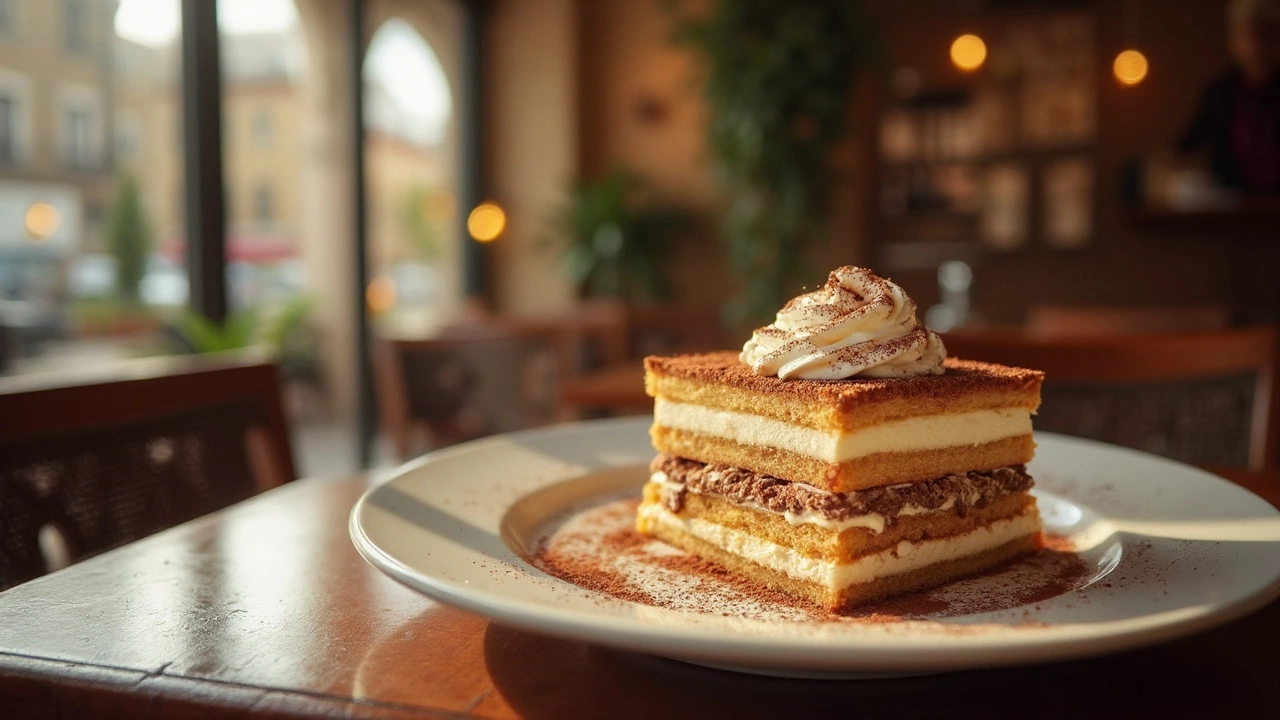
What's Italy's Most Famous Dessert?
Tiramisu stands out as Italy's iconic dessert, captivating taste buds with its blend of coffee-soaked ladyfingers, mascarpone cheese, and cocoa. This decadent treat, rumored to originate from the Veneto region, boasts a rich history and plenty of variations. Dive into why tiramisu holds its fame, learn some handy tips for making it, and discover how this beloved dessert evolved over time to become a staple in Italian cuisine.
View More
